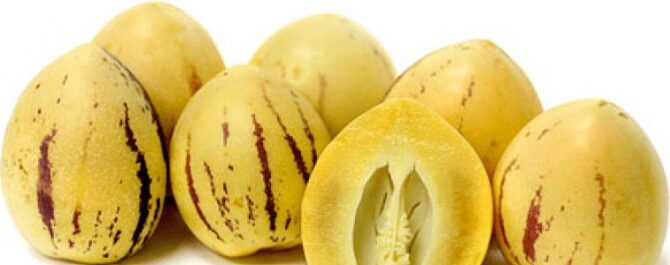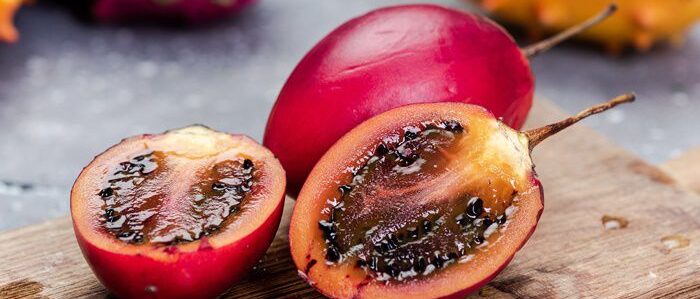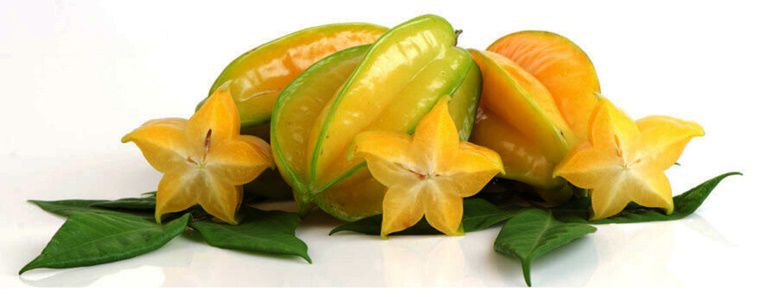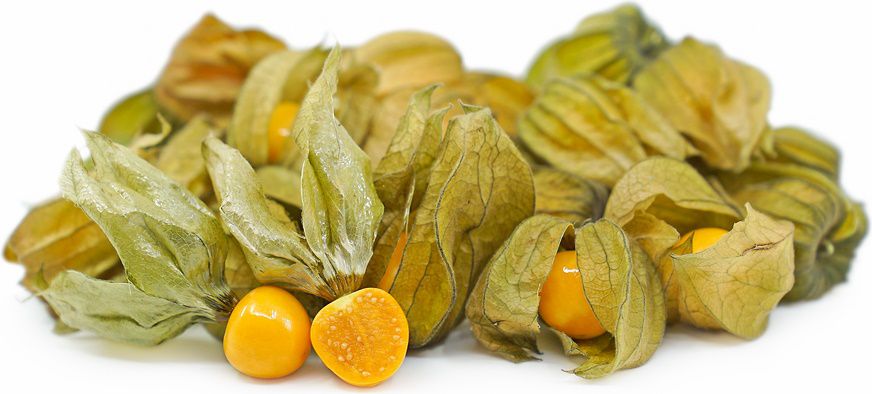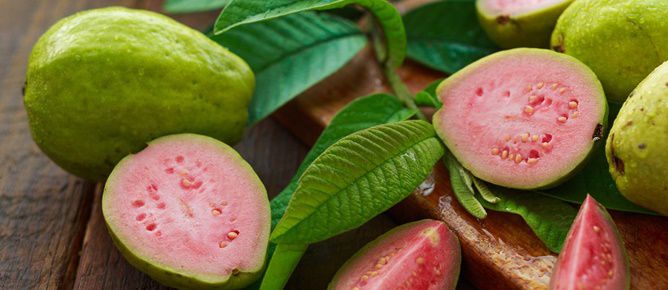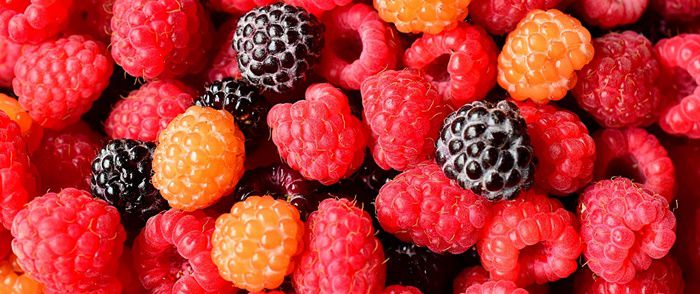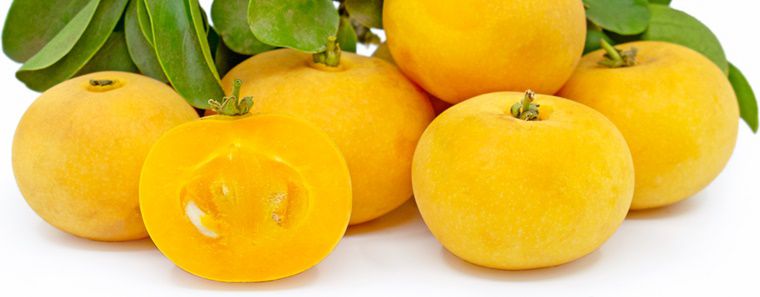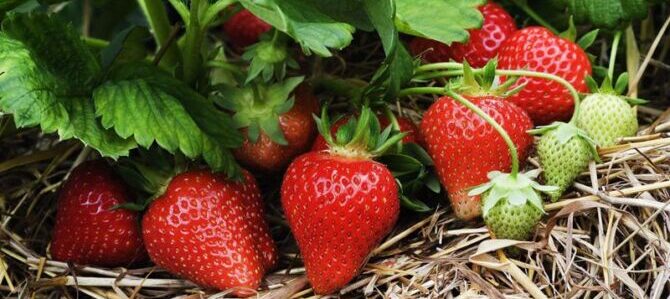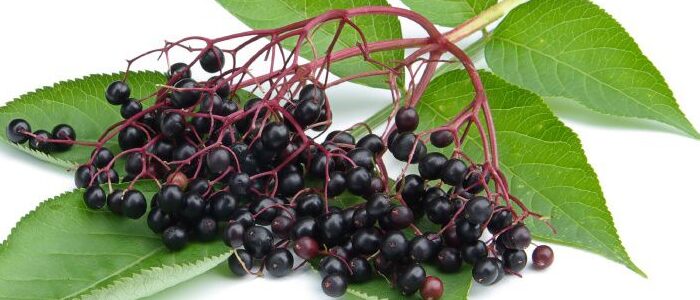Fruits
Growing Pepino Melon
Growing Pepino Melon from seed to harvest. Pepino Melon (Solanum muricatum) is a small, evergreen shrub bearing purple and white flowers followed by deliciously sweet, smooth, oval shaped fruit. The skin of the fruit turns light creamy-yellow with purple stripes when fully ripe. The whole fruit is edible, including the skin. The fruit has a very high water content. It is also known as pepino dulce, melon pears and tree melons.
Growing Pepino Melon from Seed
Indoor Sowing: Early Spring.
Direct Sowing: Spring
- Pepino plants may be grown in sandy, loamy or even heavy clay soils, although they prefer alkaline, well-draining soil with an acid neutral pH.
- Pepinos should be planted in sun exposure and in moist soil.
- Sow the Pepino Melon Seeds in the early spring indoors or in a warm greenhouse.
- Once they have attained enough size to transplant, transfer into individual pots but keep them in the greenhouse for their first winter.
- Once they are a year old, transfer the Pepino plants outside to their permanent location in the late spring or early summer after the danger of frost has passed. Can also be grown in containers.
Maintaining Pepino Plants
- Protect from heavy frost and very cold winters.
- The plant can withstand light frost and temps as low as -2.5°C. It may loose its leaves as a result, but will bounce back again in Spring.
- In areas with mild winters the plant can be grown outdoors as a perennial. In areas with very cold winters where temps are below -2.5°C, it is grown as an annual or else grown in containers and overwintered indoors.
- The plants are sensitive to water stress and should not be allowed to dry out, so water consistently when the soil is almost dry, but be careful not to over water. Also, when you need to water your plants, be sure to water the soil and not the leaves, so as to prevent causing fungal diseases on the leaves.
- Pests that attack the plants include aphids, mealybugs, whiteflies and especially spider mites, so do monitor your plants often and spray with Neem oil when needed.
- Pepino plants can be fertilized with a tomato fertilizer.
- Top up the soil in Spring with organic matter or compost.
- Add mulch to your plants to retain moisture.
- No pruning is required to form new growth.
- The plants are self-fertile but require pollination by insects.
Harvesting Pepino Melons
- Pepino plants do not set fruit until the night temperatures are over 18 C.
- The fruit matures 30-80 days after pollination.
- They’re ready to harvest when they turn creamy-yellow with purple stripes. Ripe fruits require careful handling as the ripe fruit is soft and bruises easily.
- The fruit can be stored at room temperature for several weeks or can be placed in a refrigerator, where it will also store well for a few weeks.
Disclaimer
Medicinal Information:
All medicinal information on this website is for educational and informational purposes only and may not be construed as medical advice. The information is not intended to replace medical advice or treatment offered by healthcare professionals.
Seeds, Plants, Plant Cuttings, Geophytes and Dried Herbs:
In some countries and provinces, certain plants are deemed as invasive and are not allowed to be planted at all, whilst some plants are allowed to be grown only in certain areas or provinces. The onus is on you as the buyer to familiarize yourself with the regulations pertaining to your location, before purchasing any of our seeds, plants, plant cuttings, geophytes or dried herbs. We will not be held liable, should you purchase any seeds, plants, plant cuttings, geophytes or dried herbs. from us which are prohibited in your country or province.

